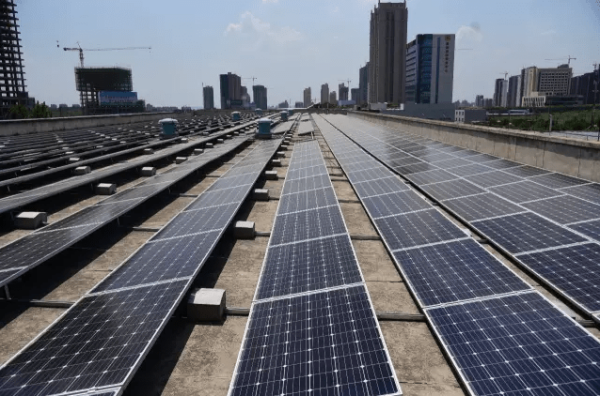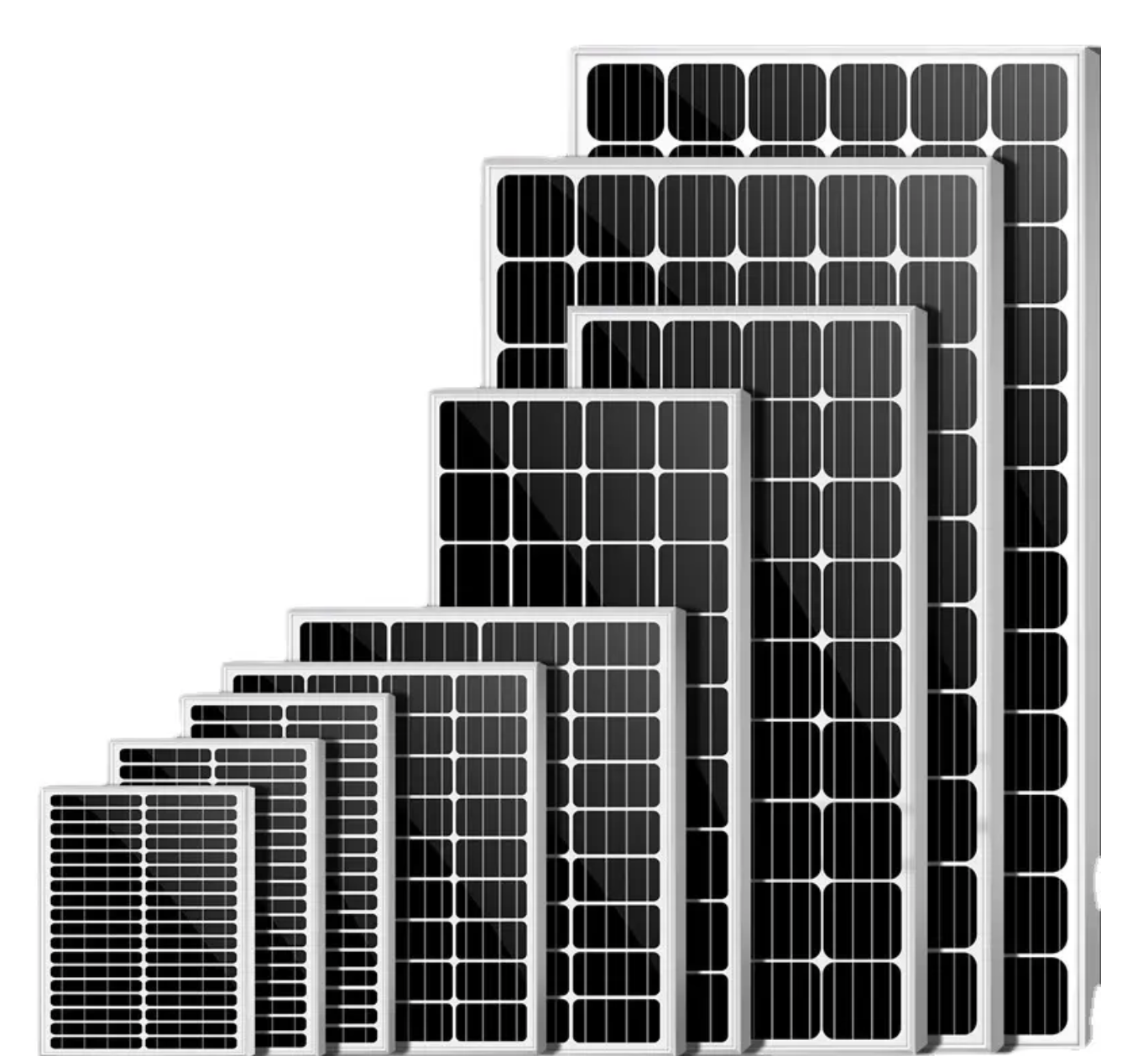
Efficient Mono pv module 550W is divided into crystalline silicon modules and thin-film modules, of which crystalline silicon modules occupy 90%-95% of the total PV modules by virtue of the high power generation of a single module, while thin-film modules only account for about 5%-10%.
Crystalline silicon photovoltaic module can be divided into double-glass module and single-glass module according to the back material, single-glass module back material most of the light-impermeable composite materials (TPT, TPE, etc.), single-glass module is still the mainstream, single-glass module market share in 2020 about 70%-75%, double-glass module accounted for about 25%-30%; double-glass module adopts the glass alternative to the single-glass module of the composite material back plate, double-sided glass packaging.
Compared with single-glass modules, double-glass modules have a longer life cycle, stronger weather resistance and corrosion resistance, and lower attenuation than ordinary modules; higher power generation efficiency, front and back have the ability to generate electricity, and the back can accept the reflected and scattered light from the surrounding environment to be converted into electricity, and according to different ground environments, double-side modules can increase the power generation by 10% to 30%.
The specific process flow of efficient Mono pv module 550W preparation can be divided into: welding, stacking, lamination, EL testing, framing, junction box loading, clearing, IV testing, finished product inspection, packaging, etc., of which the highest technology and value are welding and lamination.

Domestic component equipment has gone through three stages, and finally realized component import substitution.
Before 2000: the early stage of the development of PV industry, the start of localization of module equipment was quite difficult. PV module market and technology are in the hands of Germany, the United States, Japan and other enterprises, domestic manufacturers need to import Western technology and equipment at high cost, and then use the rich domestic solar energy resources and cheap labor for production and processing, and then exported to the outside of the lower value of the module products.
2000-2010: Since 2000, domestic module equipment began to replace imported equipment. After solving the problem of PV equipment from scratch, domestic module manufacturers began to actively seek overseas markets for PV products.
However, compared with the module products produced by advanced foreign equipment, the modules produced by domestic equipment are difficult to win the recognition of foreign customers.
2010-present: In 2011, the National Energy Work Conference explicitly proposed to cultivate the PV industry into China’s advanced equipment manufacturing industry and emerging energy pillar industry. With the technical difficulties overcome, the domestic component equipment in the price end has a greater advantage, shorter delivery cycle, more timely service response, domestic efficient Mono pv module 550W equipment industry really take off.
After 2018, in addition to power testing equipment, component equipment to achieve basic import substitution.
Driven by industrial policy support and global market demand, China’s PV technology continues to progress, and has formed a complete industrial chain from silicon to PV system construction and operation, and has a high industrial scale advantage in the world.
The upstream of the PV industry includes the smelting, ingot/drawing and slicing of monocrystalline polysilicon, the midstream includes the production of PV cells and the encapsulation of PV power generation modules, and the downstream includes the integration and operation of PV power plant systems. The PV industry has been in a state of rapid development in recent years, and at the same time the manufacturing of PV equipment and components is also booming.
At present, PV power generation has cost advantages over traditional fossil energy generation, and has entered the era of parity.
With the cost and carbon emission reduction advantages, PV power generation has become the main force of the global new power generation, according to the data released by the International Energy Agency (IEA), in the new installed power generation capacity in 2020, PV power generation ranked first, accounting for about 39% of the global new installed power generation capacity in 2020.
In 2020, the global PV market will have a new installed capacity of 130GW, and the total cumulative installed capacity of PV power generation will reach 756GW.
According to the National Energy Administration, in 2021, China’s new PV grid-connected installed capacity of 53GW, a year-on-year growth of about 10%, for nine consecutive years ranked first in the world; the cumulative PV grid-connected installed capacity of 306GW, exceeding the 300GW mark, for seven consecutive years ranked first in the world. In the first year of the “14th Five-Year Plan”, the construction of PV power generation realized new breakthroughs and presented new features.
